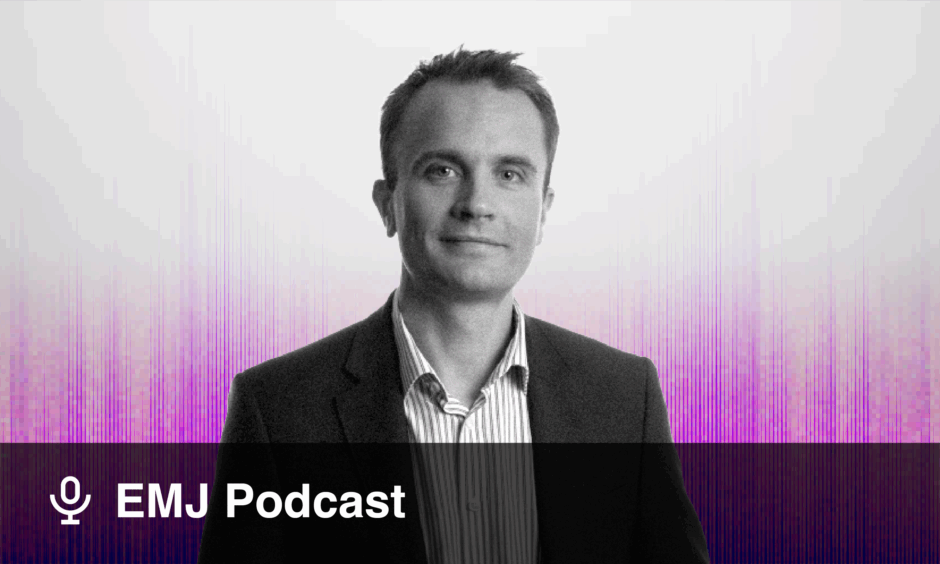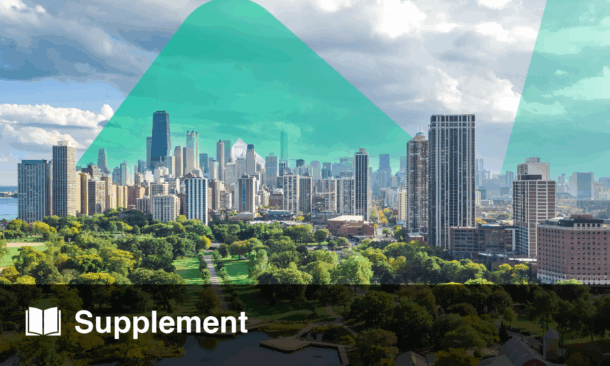BACKGROUND
Biologic therapies targeting eosinophilic inflammation hold promise for COPD management. Realising their benefits will require effective patient identification and pathway development to improve access. AI-based risk prediction models offer a novel approach to stratify patients and optimise treatment delivery.
METHODS
Using de-identified routine clinical data from Glasgow Safe Haven, UK, the authors established a cohort of approximately 38,000 patients with a coded diagnosis of COPD.1 AI-based models were applied to the 2021 dataset to identify 3,639 patients at the highest risk of hospital admission within 6 months or mortality within 12 months. Among these, 382 patients had an eosinophil count >300 cells/μL in the preceding 12 months, despite using triple inhaler therapy, suggesting eligibility for biologic treatment.
RESULTS
The high-risk group’s adverse deprivation demographics mirrored the COPD burden in the wider population. Most biologic-eligible high-risk patients were aged >60 years and resided >5 km from central hospital sites where biologic therapies are typically initiated. However, a high proportion live <5 km from community vaccination hubs, presenting an opportunity to adapt treatment initiation locations. Based on RCT data, a projected reduction of 520 hospital admissions per year could be achieved in the authors’ organisation if biologic therapy were provided to this highest-risk cohort.
CONCLUSION
AI-driven risk prediction enables the targeted identification of patients with COPD who may benefit from biologic therapy. Model-derived insights can support pathway reconfiguration to improve access and equality, particularly via decentralised treatment initiation, facilitating timely intervention and better outcomes.







